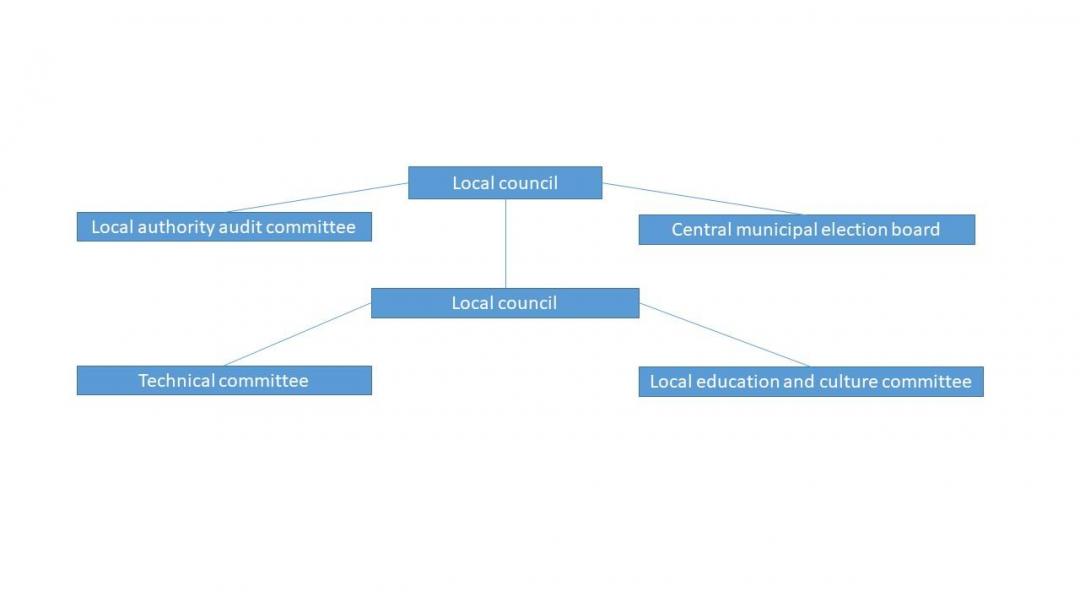Municipality and government
Municipal Operations and Decision-making
Municipal operations
The municipality is divided into three main areas of operational responsibility, which consist of the following divisions:
|
Main area of responsibility |
Divisions |
|
1. Services of administration, economic development and social security |
|
|
Local authority audit committee |
Central municipal election board and local authority audit committee |
|
Central municipal election board and election boards |
Central municipal election board and local authority audit committee |
|
Local executive |
Local management |
|
|
Administrative services |
|
|
Employment |
|
|
Policies of land use planning |
|
|
Social and health care services |
|
|
Vitality development |
|
|
Environmental healthcare |
|
Personnel committee |
Personnel policy |
|
|
|
|
2. Local education and culture department |
|
|
Local education and culture committee |
Administration |
|
|
Basic education |
|
|
General upper secondary education |
|
|
Library and cultural services |
|
|
Leisure activities department |
|
|
Liberal adult education |
|
|
Basic education in the arts |
|
|
Early childhood education |
|
|
|
|
3. Technical department |
|
|
Technical committee |
Technical department |
|
|
Nutritional and cleaning services |
|
|
Building and environment department |
|
|
Parks and other public areas |
|
|
Heating plant |
The chief executive is responsible for the operational management of the municipality along with the local management group consisting of the chief executive, managers of areas of main responsibility and the service supervisor. Other personnel is consulted if the matter in question so requires.
Decision-making
The municipality's tasks are defined in the Constitution and the Local Government Act. According to the Constitution, municipalities have local self-government Following the Local Government Act, each municipality has to have a local executive, a chief executive, a local authority audit committee, a professional auditor and a local council elected in municipal elections for a term of four calendar years. The local council exercises the highest power of decision-making.
Pyhäjoki local council has a total of 21 members.
The local executive prepares matters to be decided by the local council and implements the local council decisions. The local education and culture committee and the technical committee decide about matters concerning their own sector.
The administrative regulations govern the administrative and decision-making procedures as well as meeting procedures.
The local administrative organisation:
